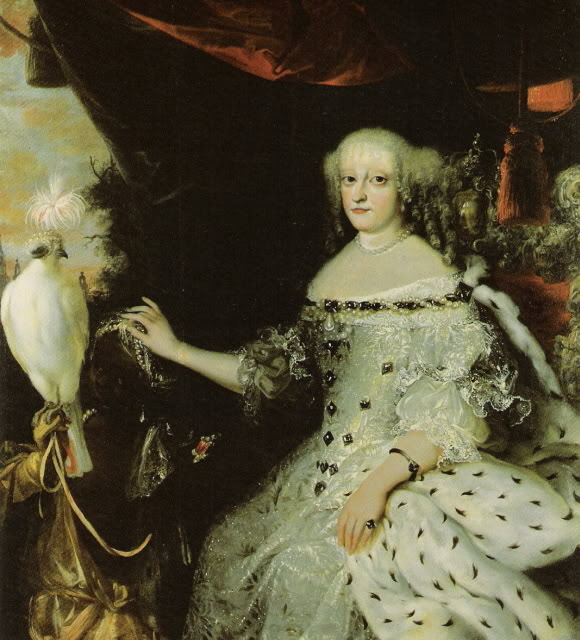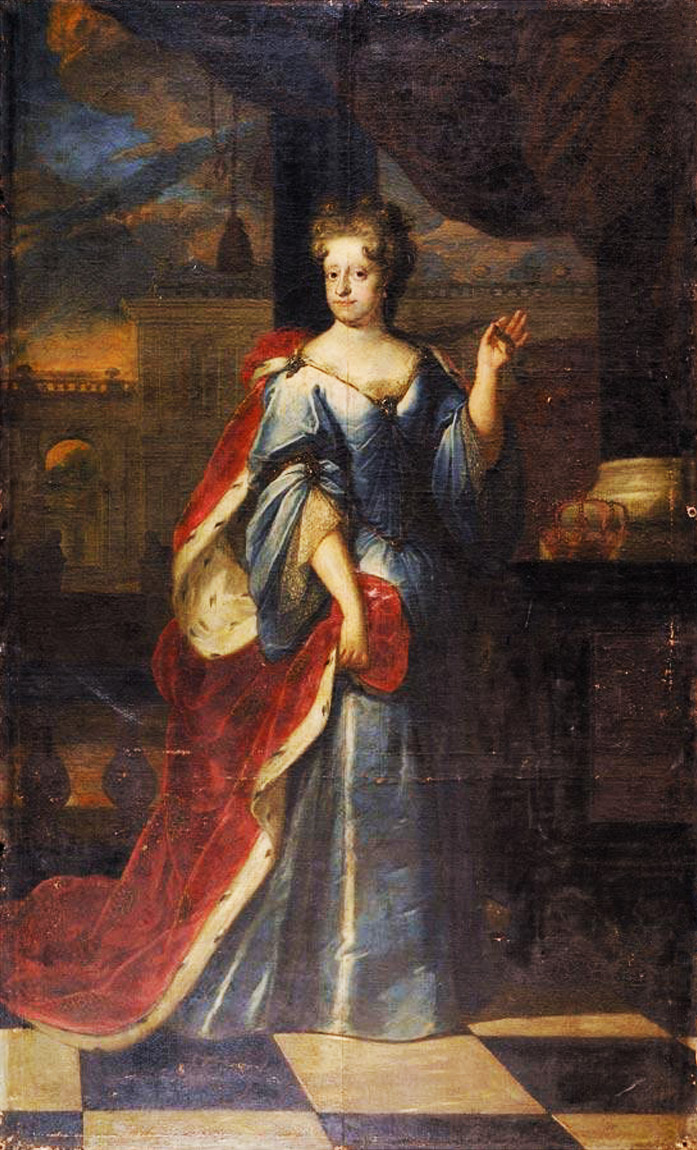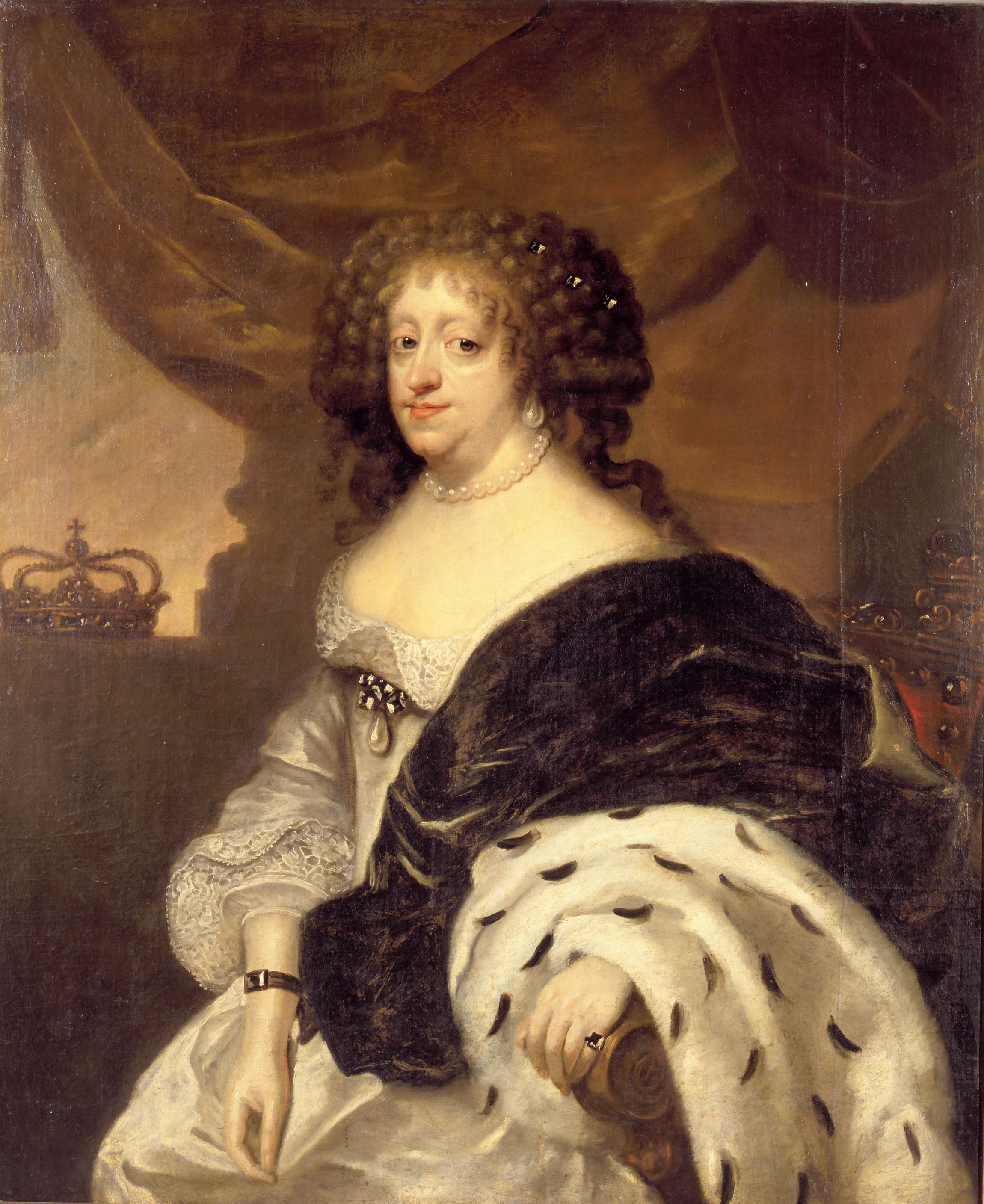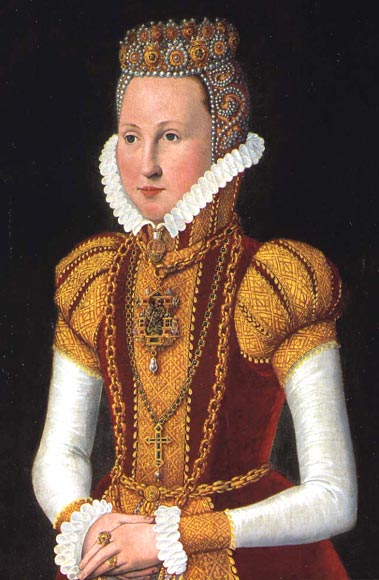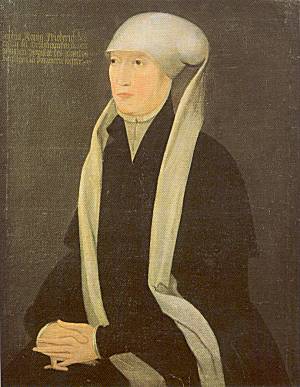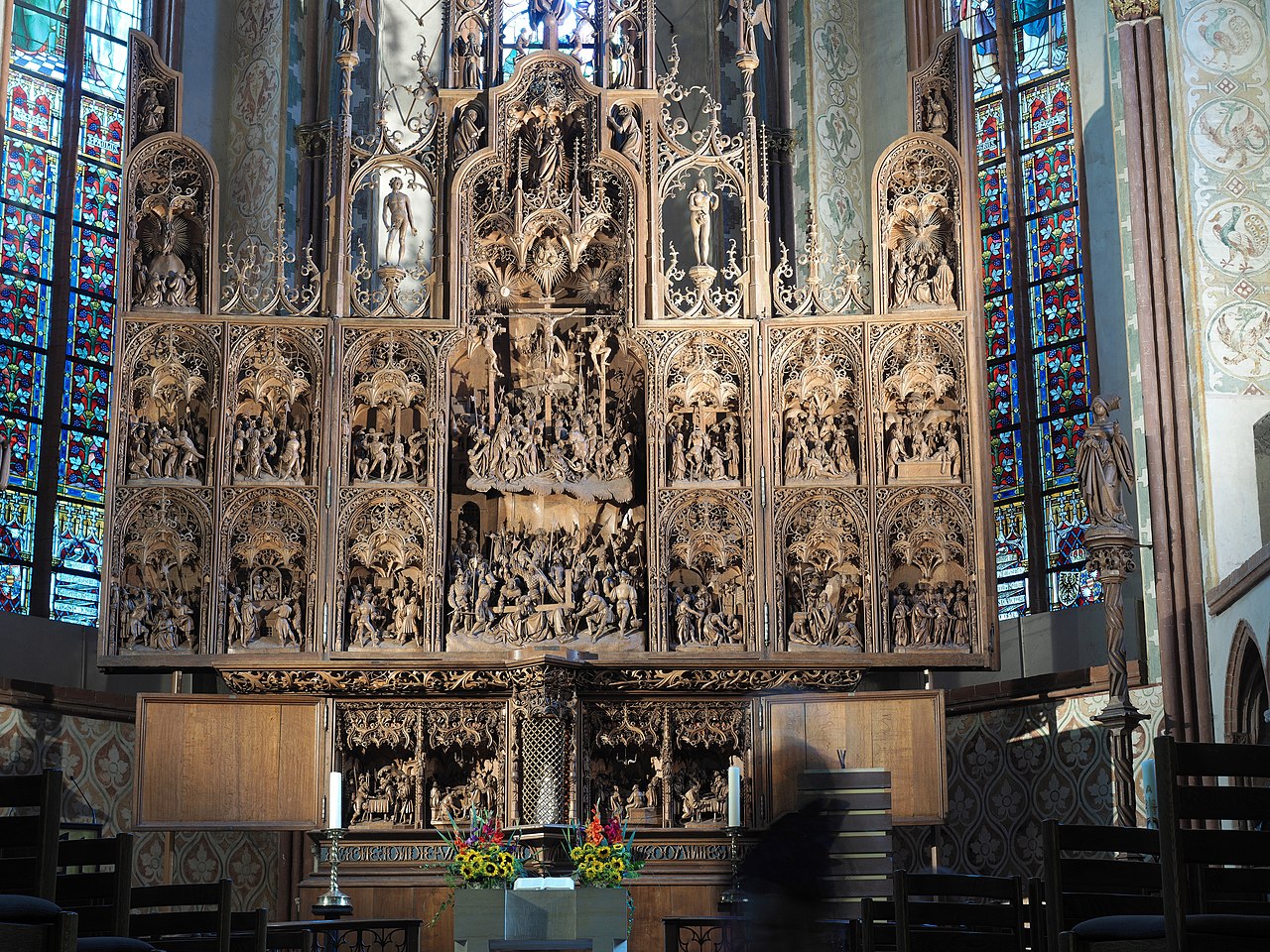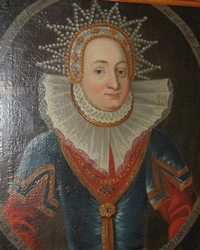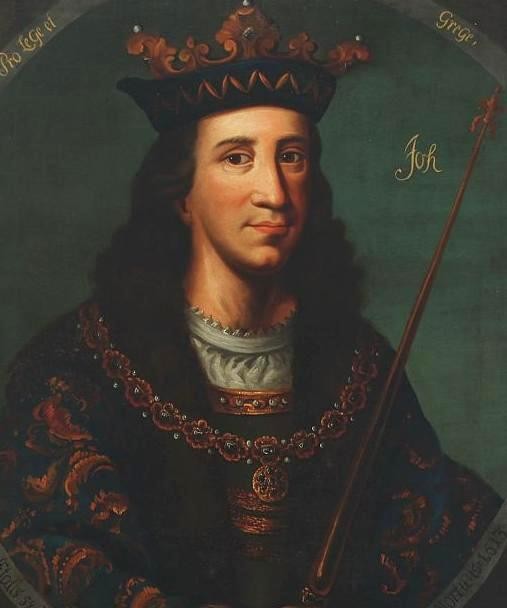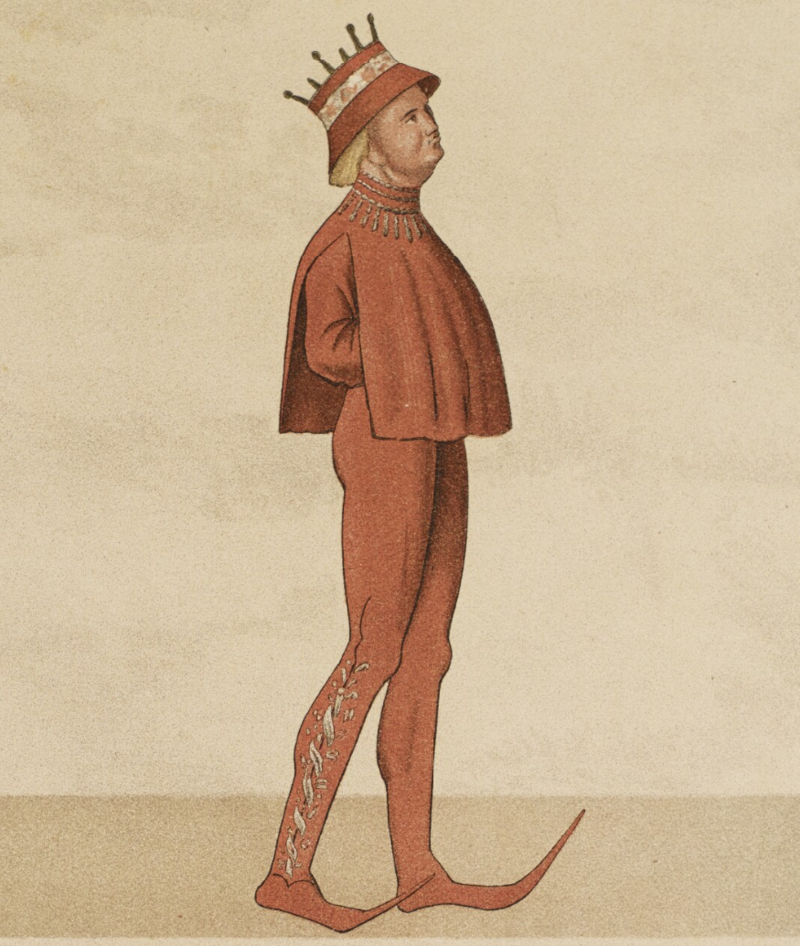by Susan Flantzer
© Unofficial Royalty 2021

Effigy of Katharina of Saxe-Lauenburg, Queen of Sweden; Credit – Wikipedia
Katharina of Saxe-Lauenburg, the first of the three wives of Gustav Vasa I, King of Sweden, was born on September 24, 1513, in Ratzeburg, Duchy of Saxe-Lauenburg, now in the German state of Schleswig-Holstein. She was the third of the six children and the second of the five daughters of Magnus I, Duke of Saxe-Lauenburg (1470 – 1543) and Katharina of Brunswick-Wolfenbüttel (1488 – 1563), daughter of Heinrich IV, Duke of Brunswick-Lüneburg.

Katharina’s parents, Magnus I, Duke of Saxe-Lauenburg and Katharina of Brunswick-Wolfenbüttel; Credit – Wikipedia
Katharina had five siblings:
- Franz I, Duke of Saxe-Lauenburg (1510 – 1581), married Sibylle of Saxony, had nine children
- Dorothea of Saxe-Lauenburg, Queen of Denmark (1511 – 1571), married Christian III, King of Denmark and Norway, had five children
- Clara of Saxe-Lauenburg, Duchess of Brunswick-Gifhorn (1518 – 1576), married Franz, Duke of Brunswick-Lüneburg, Prince of Gifhorn, had two children
- Sophia of Saxe-Lauenburg, Countess of Oldenburg-Delmenhorst (1521 – 1571), married Anton I, Count of Oldenburg-Delmenhorst, had six children
- Ursula of Saxe-Lauenburg, Duchess of Mecklenburg-Schwerin (1523 – 1577), married Heinrich V, Duke of Mecklenburg-Schwerin, had three children
Since 1397, Sweden was part of the Kalmar Union in which the three kingdoms of Denmark, Norway, and Sweden were ruled by one monarch. Denmark was dominant in the Kalmar Union and this occasionally led to uprisings in Sweden. In 1520, King Christian II of Denmark, Norway, and Sweden asserted his claim to Sweden by force when he ordered a massacre of Swedish nobles in Stockholm. The actions of King Christian II stirred the Swedish nobility to a new resistance. During the Swedish War of Liberation (1521 – 1523), Swedish nobleman Gustav Vasa successfully deposed King Christian II from the throne of Sweden, ending the Kalmar Union between Denmark, Norway, and Sweden. Gustav Vasa was then elected King of Sweden by the Swedish Riksdag.

Gustav I Vasa, King of Sweden; Credit – Wikipedia
The fledgling King of Sweden needed heirs for his new House of Vasa. After being rejected by several potential brides’ families, Gustav Vasa was advised to consider the Duchy of Saxe-Lauenburg. Although the duchy was small and poor, the ducal family was related to many of the most powerful dynasties of Europe and was Protestant, which was important for the ongoing Swedish Reformation. With all this in mind, Gustav Vasa chose Katharina to be his wife.
In September 1531, Katharina was escorted to Stockholm, Sweden where she married Gustav I Vasa, King of Sweden on September 24, 1531, her eighteenth birthday. On December 13, 1533, Katharina fulfilled her most important duty as queen consort when she gave birth to a son, the future Erik XIV, King of Sweden.
- Erik XIV, King of Sweden (1533 – 1577), married Karin Månsdotter, had four children but the eldest two children were born before their parents’ marriage.
Katharina and Gustav Vasa’s son Erik XIV, King of Sweden had an unsuccessful reign. Erik was deposed via a rebellion by his half-brother from his father’s second marriage who reigned as King Johan III of Sweden. Erik was imprisoned in various castles for eight years. He was most likely murdered due to the three major conspiracies that attempted to depose his half-brother Johan III and place Erik back on the Swedish throne. An examination of his remains in 1958 confirmed that Erik probably died of arsenic poisoning.
In September 1535, during a ball given in honor of her brother-in-law, Christian III, King of Denmark and Norway, who was visiting Sweden, the pregnant Katharina fell while dancing with Christian III. The fall confined her to bed and led to complications, and she died on September 23, 1535, the day before her twenty-second birthday along with her unborn child. Katharina was initially buried in the Storkyrkan (Great Church) in Stockholm, Sweden. Following her husband’s death in 1560, Katharina’s remains were reburied at Uppsala Cathedral in Uppsala, Sweden, together with her husband King Gustav I and his second wife Margareta Leijonhufvud.

Effigies of Gustav I Vasa and his first two wives; Credit – www.findagrave.com

Effigy of Katharina of Saxe-Lauenburg, Queen of Sweden; Credit – Wikipedia
This article is the intellectual property of Unofficial Royalty and is NOT TO BE COPIED, EDITED, OR POSTED IN ANY FORM ON ANOTHER WEBSITE under any circumstances. It is permissible to use a link that directs to Unofficial Royalty.
Kingdom of Sweden Resources at Unofficial Royalty
- Kingdom of Sweden Index
- Swedish Orders and Honours
- Swedish Royal Dates
- Swedish Royal Burial Sites
- Swedish Royal Christenings
- Swedish Royal FAQs
- Swedish Royal Residences
- Swedish Royal Weddings
- Line of Succession to the Throne of Sweden
- Profiles of the Swedish Royal Family
Works Cited
- De.wikipedia.org. 2021. Katharina von Sachsen-Lauenburg (1513–1535) – Wikipedia. [online] Available at: <https://de.wikipedia.org/wiki/Katharina_von_Sachsen-Lauenburg_(1513%E2%80%931535)> [Accessed 4 April 2021].
- En.wikipedia.org. 2021. Catherine of Saxe-Lauenburg – Wikipedia. [online] Available at: <https://en.wikipedia.org/wiki/Catherine_of_Saxe-Lauenburg> [Accessed 4 April 2021].
- Flantzer, Susan, 2021. Gustav I, King of Sweden. [online] Unofficial Royalty. Available at: <https://www.unofficialroyalty.com/gustav-vasa-i-king-of-sweden-reigned-1523-1560/> [Accessed 4 April 2021].
- Sv.wikipedia.org. 2021. Katarina av Sachsen-Lauenburg – Wikipedia. [online] Available at: <https://sv.wikipedia.org/wiki/Katarina_av_Sachsen-Lauenburg> [Accessed 4 April 2021].
This article is the intellectual property of Unofficial Royalty and is NOT TO BE COPIED, EDITED, OR POSTED IN ANY FORM ON ANOTHER WEBSITE under any circumstances. It is permissible to use a link that directs to Unofficial Royalty.

